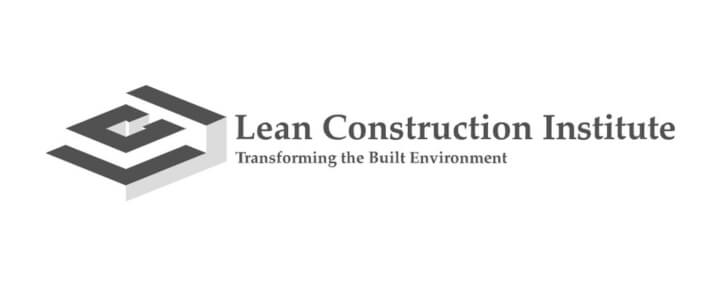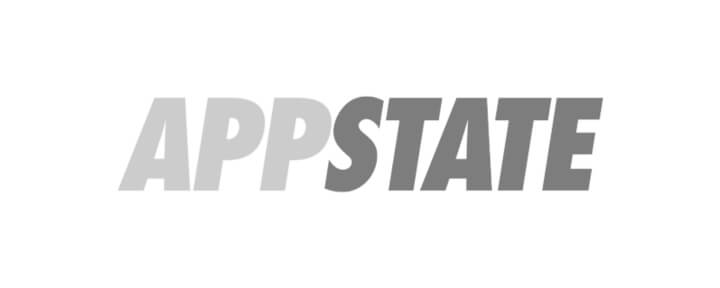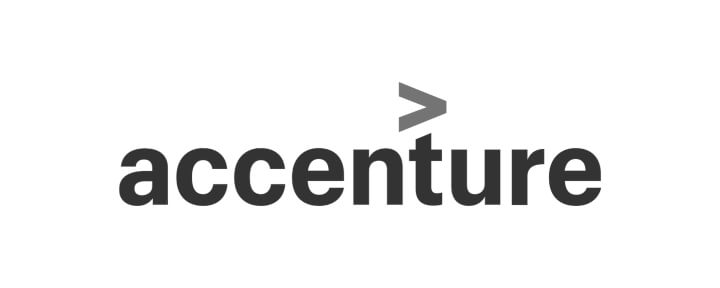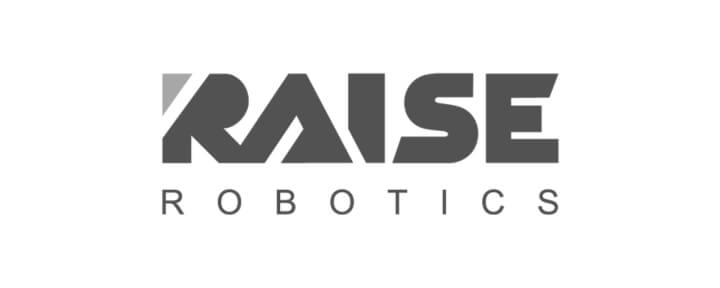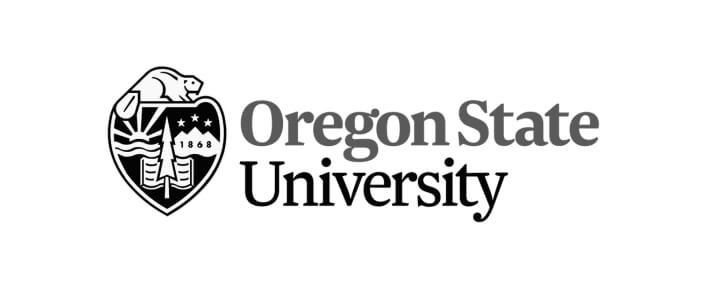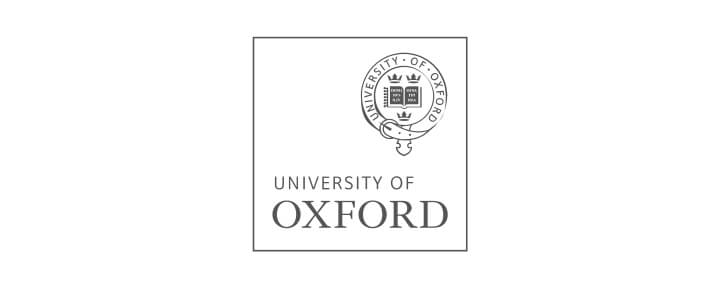2nd Annual Technical Conference
Held 24 July 2024
The Project Production Institute held its 2nd annual Technical Conference virtually on 24 July 2024.
The primary objective of the conference is to discuss and address the root cause of major capital project cost and schedule overruns via research, discussion and dissemination of Project Production Management (PPM) and its foundation of Operations Science. This conference will advance research, education, knowledge and practical application of PPM through the presentation of papers and exchange of ideas between industry and academia.
In support of this, PPI invites practitioners and academics to submit technical abstracts for consideration and presentation at the upcoming conference. To participate, please submit an abstract that focuses on one of the following research categories: Theory (specifically related to Operations Science), Model (the application of simulations, digital twins, robotics, autonomous, IoT, AI / ML) or Control (the use of various systems, protocols, methods and tools that are used to control Project Production Systems).
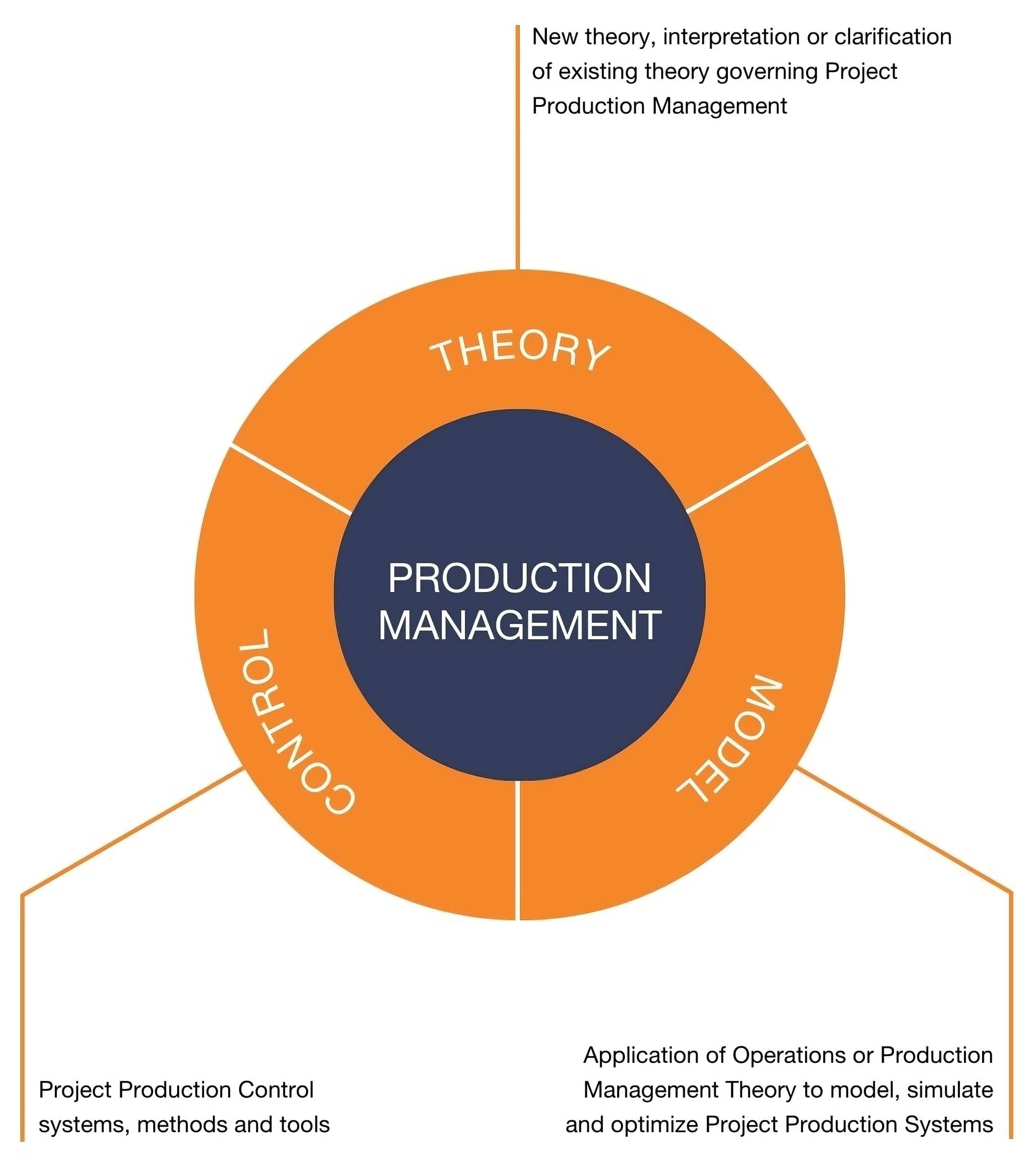
Learn more about PPI’s research here.
Presentations
Five (Not So Obvious) Warning Signs Your Capital Project Is In Trouble
Sharpening the Focus on Flow During Weekly Planning Conversations
Leveraging AI for Language Analytics in Daily Planning Conversations: A Novel Approach to Enhance Project Success
Managing Project Schedule Contingencies Based on Project Production Data from Bottleneck Resource
As a project progresses throughout its lifecycle, it is important for the project team to learn from prior completed activities in the system. This can be used to adjust the remaining contingency for the project. In this paper, this situation is modelled using Erlang Distribution. Using Bayes’ Law, the associated cost for the remaining work packages is adjusted and fit to the required confidence based on the updated arrival rates of the bottleneck resource.
How to Layout Plants & Shops in Support of Industrialized Construction
More Robust, Insightful And Faster Production Modeling Through The Integration Of Discrete Event Simulation With Analytical Modeling
Match Supply with Demand: A Case Study Implementing Production System Optimization (PSO) for Offsite Construction
The Unintended Consequences of Excessive Inventory on Capital Projects
For any questions or for more information about the conference, reach out to Kristin Buettner.
Join PPI and stay informed on the 2024 PPI Technical Conference and other upcoming events.






















